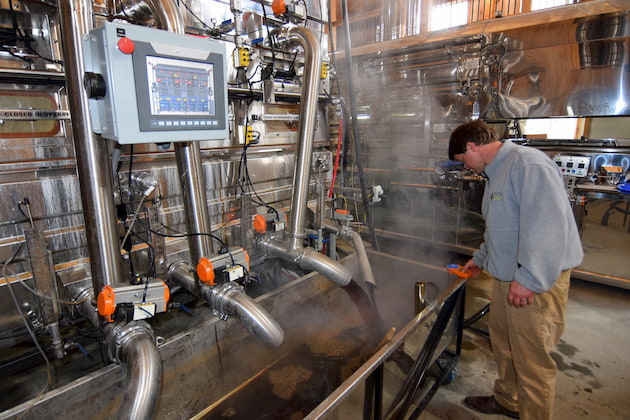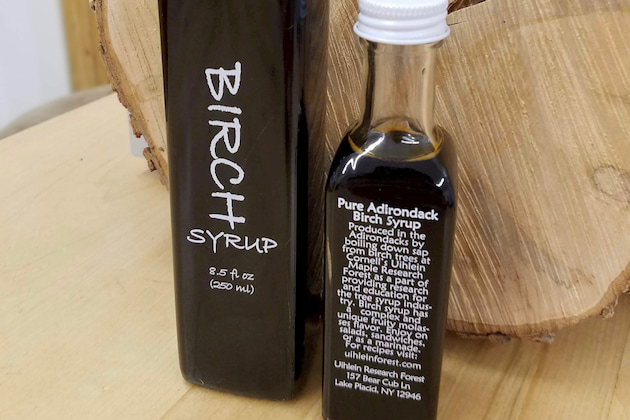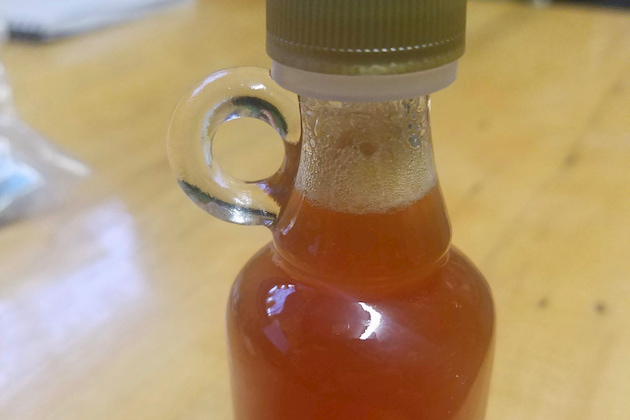Headlines
Birch season in U.S. down over last year
Not great weather conditions for birch syrup production, producers say
By PETER GREGG | AUGUST 2, 2020
LAKE PLACID, N.Y.—The U.S. birch season was largely a bust this spring.
"At our facility and from what I have heard from many others, we had below average birch yields due to very cold weather and lack of rainfall in late April and early May," said Michael Farrell of The Forest Farmers in Mansfield, Vt. who oversees production on one of the largest birch operations in the U.S. with 16,000 taps.
"We also only tapped a portion of our trees in NY and none in Vermont due to issues around COVID."
Most producers said their production of birch, known as the little brother crop to maple, was off mostly due to bad weather.
At Cornell University’s Uihlein Maple Research Forest in Lake Placid, N.Y. production was scaled back slightly to around 500 taps.
Despite a productive maple season, the birch syrup season was less than stellar, according to director Adam Wild.
The flow of sap never picked up this season, he said.
"During the 2019 birch season we averaged 21 gallons of sap per tap but this year we only averaged 9.5 gallons of sap per tap," Wild said.
Typically birch trees are heavier sap producers but have such a low sap sweetness (less than 1%) which means that the production of syrup per tap is lower than maples.
Producers speculate that reduction in flow this year is likely due to cooler weather at the end of spring and possibly a dry spring that left little ground water in the soil.
Unlike maple, sap flow in birch is controlled through root pressure as the trees are pushing sap up the tree to open the buds, Wild said.
Cooler weather lingered around this spring and just started to warm at the end of birch season.
By that time the tap holes were plugging and the quality of sap dropped off.
Meanwhile, in Alaska the biggest birch operation in that state was shut down entirely due to Covid-19.
"70% of the market for our product was with cruise ships and all the tourists they bring," said Michael East of Alaska Birch Works of Wasilla, Alaska. "When they started bailing we bailed. So first time in 31 years no spring tapping."
East said he and wife Dulce did tap some experimental trees for data.
"Basically we had an average sap start in mid April and really high sugar up and over 1.5 brix and into the 2.0+ for some trees, and lots of sap."
"Was the shortest season we ever had a total of 14 days or so," East said.

































